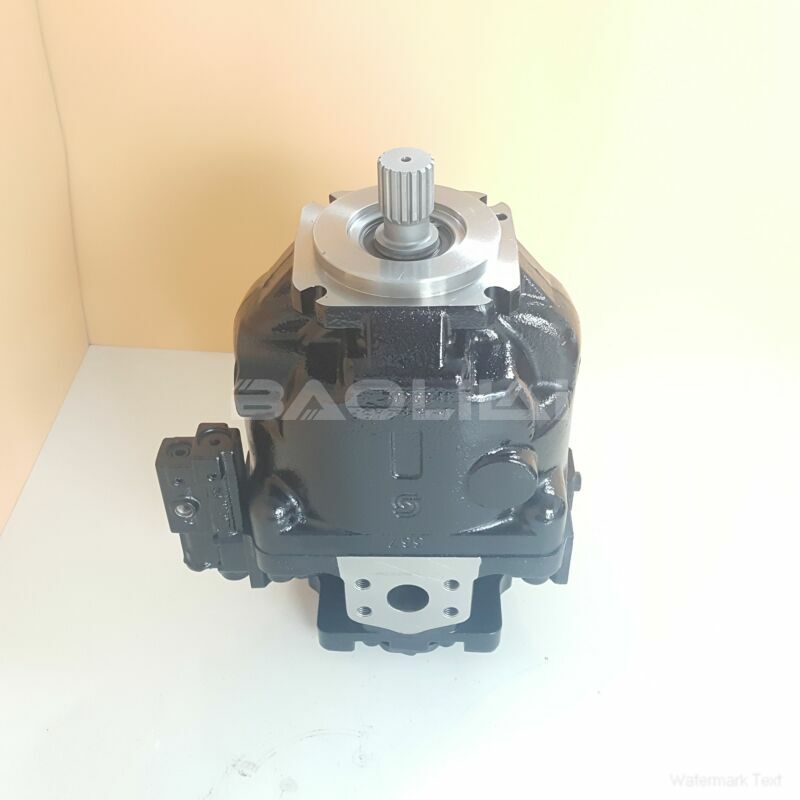ERR100BLS1720NNN3K5CPA1NNNNNNNNNN piston pump
ERR100BLS1720NNN3K5CPA1NNNNNNNNNN piston pump

- Product Details
- Applicable Scene
ERR100BLS1720NNN3K5CPA1NNNNNNNNNN piston pump.Listen for Unusual Noises: Pay attention to the sounds emanating from the pump. Strange noises may indicate impending failure or cavitation.
Implementing Solutions
With a clear understanding of the issues at hand, you can move toward implementing solutions. Here are some actions to take:
Regular Maintenance: Establish a routine maintenance schedule to check fluid levels, replace filters, and inspect seals and connections. Preventative maintenance can mitigate many problems before they escalate.
Model Code :ERR100BLS1720NNN3K5CPA1NNNNNNNNNN
Model Code :ER-R-100B-LS-17-20-NN-N-3-K5CP-A1N-NNN-NNN-NNN
Seal Replacement: If leaks are detected, replace worn seals and O-rings promptly to avoid further fluid loss.
Adjust System Components: Ensure all components of the hydraulic system, including actuators and valves, are functioning correctly. Misaligned or malfunctioning parts can contribute to low pressure and inefficiency.
Cooling Solutions: If overheating is a recurring issue, consider installing heat exchangers or cooling fans to regulate fluid temperature.

Model No.ldent No. :83011834
ERR100BLS1720NNN3K5CPA1NNNNNNNNNN piston pump.Bleeding the System: If air contamination is suspected, bleed the hydraulic system to remove trapped air, restoring optimal fluid circulation.
Pump Replacement: In cases where the pump is severely damaged or outdated, it may be more cost-effective to replace it entirely rather than attempt repairs.
Training and Awareness
An often-overlooked aspect of solving hydraulic pump problems is ensuring that personnel are adequately trained. Provide training sessions for staff on the proper operation and maintenance of hydraulic systems. This knowledge can help operators recognize early signs of trouble and take action before minor issues escalate into major problems.





